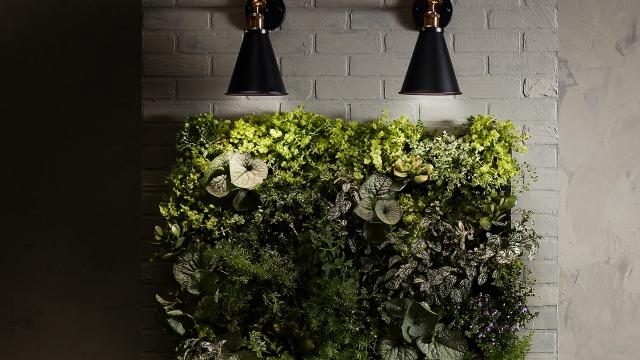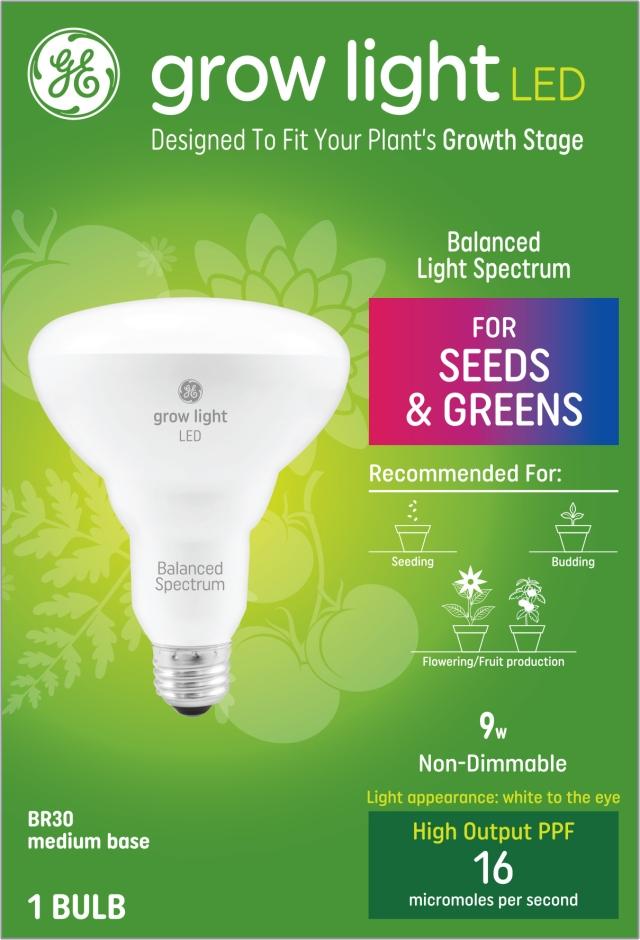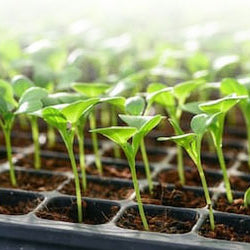We want to try a grow room with the spare building we have on the property.
Looking into grow lights... first thing I noticed is wildly different pricing and grossly irresponsible advertising that Amazon allows. (They get away with false advertising like no one else)
Learned from watching several growers on what to watch out for. Outright lying on watts, lying on spectrum ability, lying on sq. footage coverage.
Anyone here have grow lights? What do you have, how have they performed?
Looking into grow lights... first thing I noticed is wildly different pricing and grossly irresponsible advertising that Amazon allows. (They get away with false advertising like no one else)
Learned from watching several growers on what to watch out for. Outright lying on watts, lying on spectrum ability, lying on sq. footage coverage.
Anyone here have grow lights? What do you have, how have they performed?




